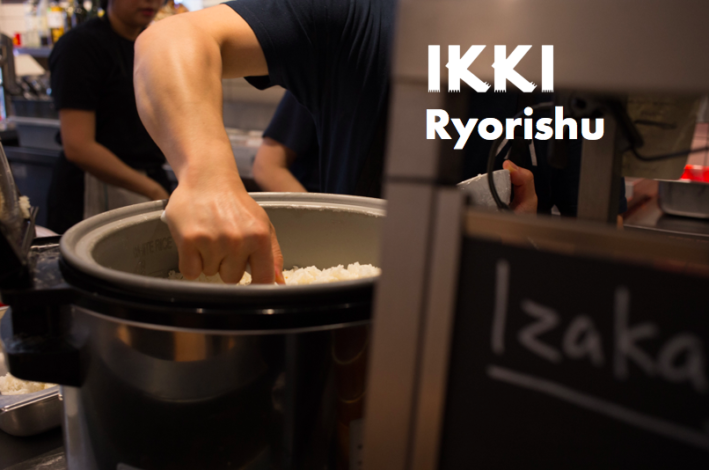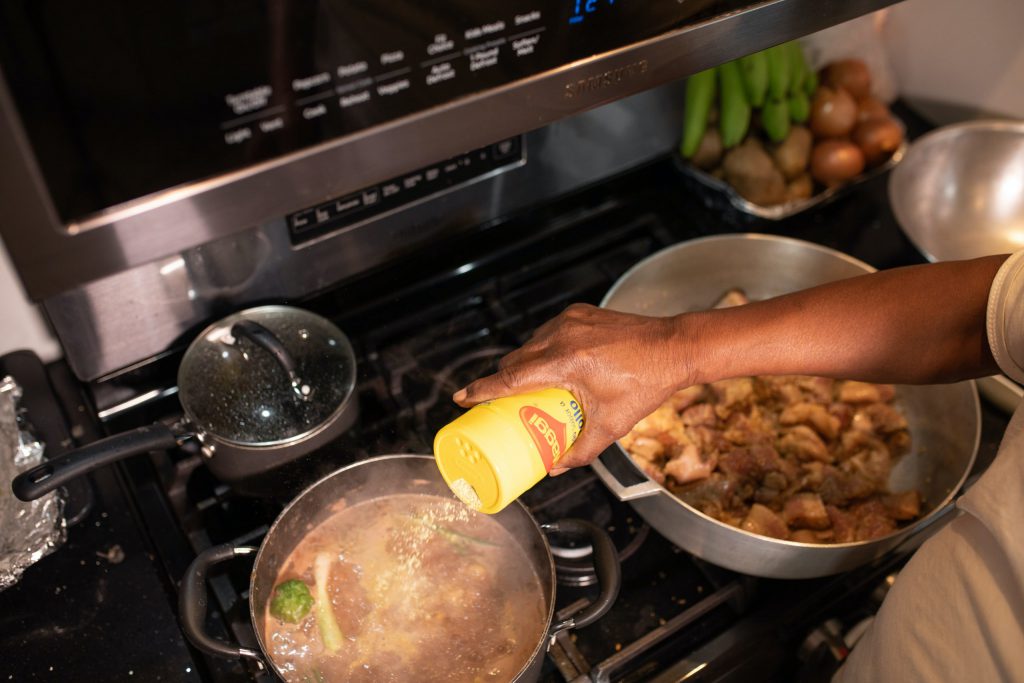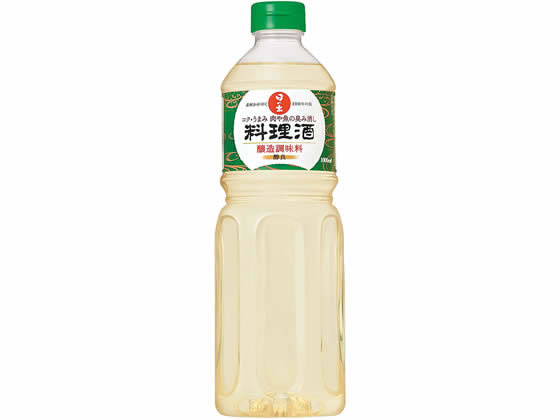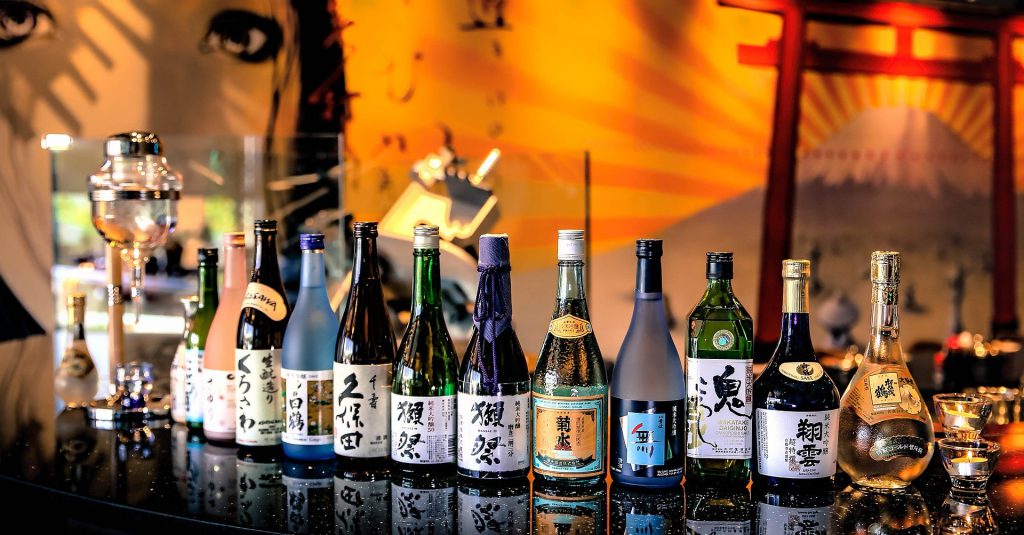
Sake
SAKE in kitchen – what is Sake for cooking(Ryorishu) and their difference
In Japanese culinary, Sake always come up as an ingredient.
Do you know why you need Japanese Sake in Japanese culinary and how different to the other alcohol? Also, there is Sake only for cooking called Ryorishu(料理酒) , and the content is slightly different to Sake for drinking.
This time, ikki deliver information about Sake in kitchen scene and their role.
Contents
What is a role of Sake in cooking?

Sake is used not only for the flavor. There are several purpose why we use Sake in cookings. Some of the purpose are as below;
- Removes or weaken the smell of ingredients
- Sake is used to take bad smell away from meat or fish
- Soften ingredients
- Brings Umami and richness
- Makes the taste absorbs into ingredients more
- Makes the acidity milder
- Seasoning
Mostly, Sake has good effects on foods and the effect varies with different timing and situation you use Sake.
What is Ryorishu, Sake for cooking?

Honestly, all the Sake can be used for cooking, but there is a category called “Ryorishu”(料理酒) which means Sake for cooking.
Ryorishu is processed to make it ideal for cooking, and most of them has 2~3% of salt and some of them have syrup or other additives. It is easier for seasoning purpose, but you need to know to avoid too much saltiness in food.
According to Japanese Tax Law, Ryorishu(if sake is in the category) has to be undrinkable. As breweries make them undrinkable the tax on Ryorishu is slightly cheaper than normal Sake.
What kind of Sake is ideal for cooking?

As a consequence, Ginjo kind Sake is not ideal for Sake for cooking.
As you know, when breweries brew Ginjo Sake they polish rice very much. In this polished leftover, they contains complexity and it brings Umami or richness in foods. Ginjo Sake is too clean and clear, so not much effects to foods comparing with Futsushu, Honjozo or Junmai.
Hope you learn.
See you in the next article!






